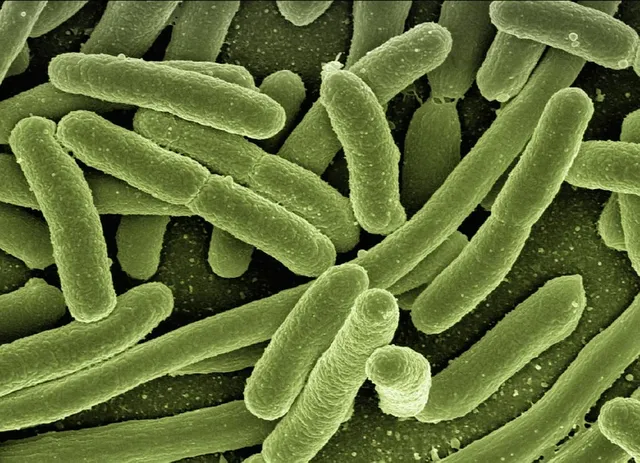
Bacteria in your colon are observed by many various names probiotics, good or dangerous microorganism, helpful bacteria, acidophilus, disbiosis, small flora, proflora. friendly flora, and unfriendly bacteria.
I easy use good and bad bacteria to seek advice from all the bacteria that exist within the gut and your colon.
Your colon has each good and bad bacteria. the nice bacteria maintain the health of your colon by keeping the bad bacteria from multiplying and reducing constipation.
most of the people have bad bacteria because the dominant condition in their colon. you'll see this by the sicknesses that exist throughout the world. most of the people later in their life suffer from diseases that resulted from colon neglect and abuse.
dangerous microorganism multiples once you,
Consume poisons like pollution, pesticides, food additives such as preservatives, coloring, thus on.
Drink alcohol
Eat processed foods
Have excess anxiety
Lack fiber in your diet
Use contraception pills
Use apothecary's shop laxative
Use drugs and medicine
smart microorganism in your colon consists of hundred of species of bacteria. the nice bacteria are most active in {an exceedingly|in a very} hydrogen ion concentration of 5.9 to 6.9- an acidic atmosphere. This makes for a healthy colon.
Your colon is a home for the good bacteria, that ferment specific carbohydrates, which successively keep your colon environment slightly acidic. The acid environment favors the good bacteria and keeps the dangerous bacteria and pathogens from multiplying.
The bad bacteria produce an alcalescent environment and are most active in a pH of 7.1 to 7.9
Again, the nice microorganism creates associate acidic atmosphere and are most active in a very hydrogen ion concentration of 5.9 to 6.9
Acidophilus and Bifidus are the most good bacteria that exist in your colon. The ascending colon, on the correct aspect of your abdomen area, has the foremost bacteria. the amount of bacteria becomes less within the colon and lesser in the downhill colon. Eventually, very little bacteria is found in the sigmoid and rectum.
once good helpful bacteria is dominant, in your colon, it prevents the unfold of disease from varied organisms parasites, microorganism, viruses, fungi. the particular organisms
Shigella, salmonella, viruses, rubor, protozoan, amebas, staph, herpes, flu, cold viruses, comphylobacter, and CMV,
are those that makes killer maladys like dysentery, blood poisoning, meningitis, pneumonia, contagious disease and encephalitis
the nice bacteria keep these organisms within the minority, so preventing them from multiplying, entering into the blood, and into the various body organs. they are doing this by their antibiotic like secretions, carboxylic acid production, and alternative secretions, that keep their atmosphere acidic.
the nice bacteria live and thrive on supermolecules. once your body has good digestion and small carbohydrates reach your colon, the nice microorganism population decreases and also the dangerous bacteria become dominant.
smart bacteria ought to be fed to stay it dominant in your colon. If there are any good bacteria left in your colon, then by feeding them, you'll get them to multiply. If there don't seem to be any good bacteria in your colon, then you can't alter the good bacteria by feeding specific carbohydrate foods. To reestablish good bacteria, underneath this condition, you need to do a flora enema.
In his book, Acidophilus and Colon Health, 1999, David Webster, conjointly says,
Indicators of a healthy colon flora are a soft however grammatical stool, with amber color and small or no odor, which floats in water most of the time. once the stools are dry, dark brown, too solidly formed or too loose, and particularly if there's a putrid odor, these are clear indicators of a putrefactive, alkaline-producing colon flora. Chronic constipation, diarrhea, and irritable gut syndrome are usually eliminated when your colon is restored and maintained at a rather acid pH.
In his research, Webster found that feeding the remaining good microorganism edible milk sugar whey rejuvenates the nice bacteria in your colon. By drinking two five tablespoons or a lot of day by day in a very cup of water enough lactose can reach your colon to feed the good bacteria. Webster recommends doing this for thirty days. once this era you'll check your stools to examine if you've got reactivated you good bacteria